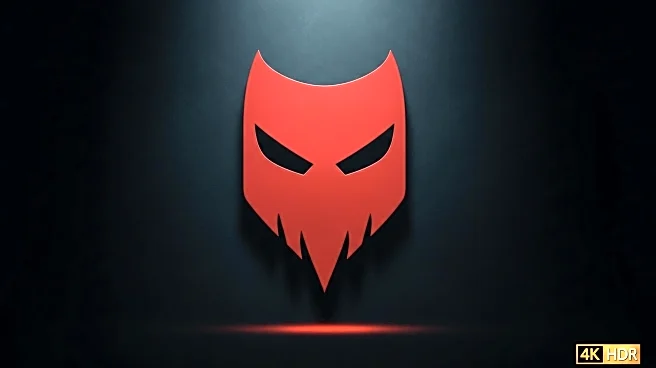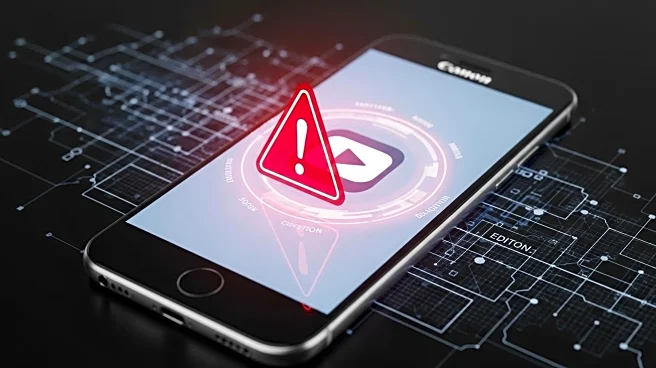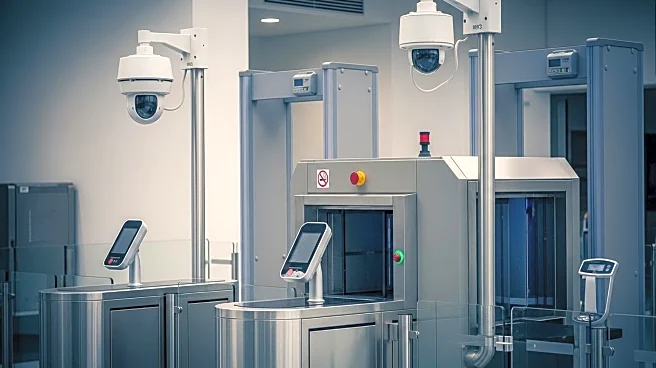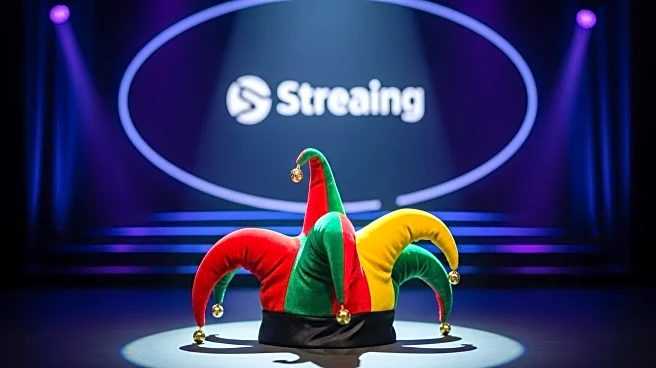What is the story about?
What's Happening?
The viral spread of a video showing the shooting of Charlie Kirk at Utah Valley University has raised concerns about the impact of graphic content on social media. The video, which circulated widely before being moderated, is part of a growing trend of real-life violence being shared online. Experts warn that exposure to such content can have long-term negative effects on mental health, increasing anxiety and fear. The incident highlights the challenges of moderating graphic content on social media platforms and the potential for such videos to influence public perception and behavior.
Why It's Important?
The proliferation of graphic violence on social media poses significant challenges for mental health and societal stability. Exposure to such content can lead to increased distress and anxiety, with potential cardiovascular implications. The widespread availability of these videos also raises ethical questions about the responsibility of social media platforms in moderating content. The incident underscores the need for a balanced approach to content moderation that protects individuals' mental health while ensuring that important societal issues are not ignored. The role of social media in radicalizing individuals and spreading extremist ideologies is also a critical concern.
Beyond the Headlines
The debate over the dissemination of graphic content touches on broader issues of censorship, freedom of expression, and the role of technology in shaping public discourse. The psychological impact of viewing real-life violence differs from fictional portrayals, necessitating a reevaluation of how such content is managed. The incident may prompt discussions on the ethical responsibilities of social media companies and the potential for AI-driven moderation solutions. Additionally, the societal implications of desensitization to violence and the potential for increased polarization are important considerations for policymakers and mental health professionals.
AI Generated Content
Do you find this article useful?















